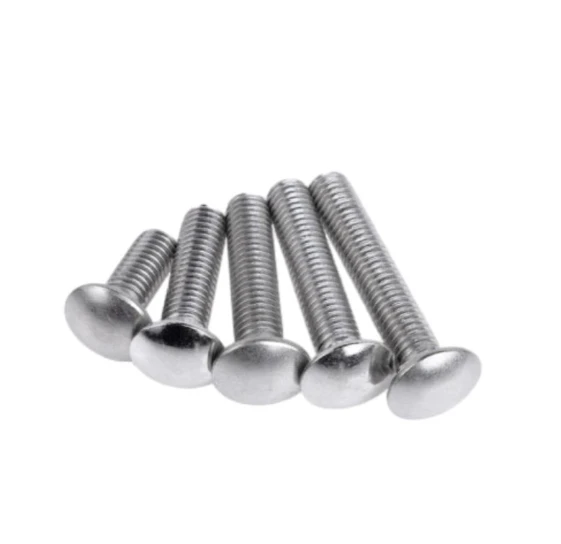Nov . 07, 2024 11:57 Back to list
hollow cylindrical shaft design for enhanced performance and structural integrity in engineering applications
Understanding Hollow Hex Shafts Design, Applications, and Advantages
Hollow hex shafts are an essential component in various mechanical systems, serving as both structural supports and transmission elements. Their unique geometry offers significant advantages over traditional solid shafts, particularly in weight reduction, material efficiency, and enhanced performance. This article will delve into the design principles, applications, and benefits of hollow hex shafts.
Design Principles of Hollow Hex Shafts
Hollow hex shafts are characterized by their hexagonal cross-section and hollow internal cavity. The hexagonal shape is a key feature, providing increased torsional stiffness and strength while minimizing weight. The design process begins with determining the required dimensions based on the application's load requirements, torque specifications, and space constraints. Engineers typically employ materials such as carbon steel, aluminum, or composites for manufacturing these shafts, selecting based on the application's specific demands, including strength, weight, and resistance to corrosion.
The hollow section allows for a reduction in material without sacrificing mechanical properties, making it an ideal choice for applications where lightweight components are crucial. Additionally, the hollow nature of the shaft provides a central passage for various utilities, such as wiring or hydraulic lines, thereby maximizing space efficiency.
Applications of Hollow Hex Shafts
Hollow hex shafts find applications across multiple industries, including automotive, aerospace, robotics, and manufacturing. In automotive engineering, they are used in steering columns, where the lightweight yet strong design helps improve vehicle performance and fuel efficiency. In robotics, hollow hex shafts serve as axles or drive shafts, supporting the movement and coordination of robotic arms while keeping the overall weight of the robot minimized.
In aerospace applications, hollow hex shafts are employed in critical systems due to their high strength-to-weight ratio and ability to withstand extreme conditions
. These shafts also play a vital role in manufacturing machinery, where they are used to drive various components while contributing to the overall efficiency of production processes.hollow hex shaft

Advantages of Hollow Hex Shafts
1. Weight Reduction One of the most significant benefits of hollow hex shafts is their ability to reduce overall weight compared to solid shafts. Lightening the load of mechanical components can lead to improved energy efficiency and performance. This is particularly important in sectors such as aerospace and automotive, where weight directly affects fuel consumption and operational costs.
2. Enhanced Strength and Stiffness The hexagonal shape of the shaft provides superior torsional strength compared to traditional shapes, offering advantages in applications requiring high torque transmission. The hollow design also allows for greater moment of inertia, further enhancing the stiffness of the component.
3. Material Efficiency Since hollow hex shafts use less material than solid shafts while maintaining structural integrity, they represent a more sustainable option. Reduced material consumption means lower costs and less environmental impact during production.
4. Versatility in Design Hollow hex shafts can be custom-designed to fit specific application requirements. Engineers can easily adjust dimensions, wall thickness, and hex size to optimize the performance for unique operational conditions.
5. Integration with Auxiliary Systems The hollow design allows for conduits to be integrated into the shaft. This feature is particularly advantageous for systems needing to combine multiple functionalities without increasing component count.
Conclusion
Hollow hex shafts are a remarkable engineering solution that meets the demanding needs of various industries. Their combination of lightweight structure, enhanced strength, and material efficiency makes them an optimal choice for diverse applications, from automotive to aerospace and beyond. As technology continues to advance, the role of hollow hex shafts in innovative designs will likely expand, further solidifying their place in modern engineering practices. Understanding their properties and advantages can empower engineers and designers to make informed decisions in their projects, ultimately leading to improved functionality and efficiency.


